
Interspinous Spacers
Interspinous Spacers are used to treat lumbar canal stenosis at one or two levels. Patients with this condition typically complain of leg and/or back pain on walking or standing. It is a condition that usually comes on in later life, presenting commonly in patients in their late 60s onwards.
Causes
Symptoms
Treatment
Causes
Interspinous spacers are typically recommended for patients with spinal stenosis. This condition can be caused by a number of factors, including aging, arthritis, and degenerative disc disease.
Symptoms
The symptoms of spinal stenosis can vary depending on the individual, but may include back pain, leg pain, numbness or tingling in the legs, weakness in the legs, and difficulty standing or walking.
Treatment
Non-surgical treatments such as physical therapy, medication, and injections are usually the first line of treatment for spinal stenosis. However, if these treatments do not provide relief, interspinous spacers may be recommended. These spacers are placed between the spinous processes, which are the bony protrusions on the back of the spine, to help open up the spinal canal and relieve pressure on the spinal cord and nerves.
Preoperative advice
Please bring your scans with you
On the day of surgery, please remain Nil By Mouth. Do not eat past midnight the night before, but you may continue to drink water up until 2 hours before your admission.
Please avoid smoking on the day of your surgery.
Please shower or bathe as normal in the morning, and remove any makeup or nail polish.
How is it inserted?
The procedure can be performed under local anesthesia with sedation. This is a drug injected into a vein (usually in the hand) following which you will sleep through the operation. This typically takes less than half an hour. The patient is usually asked to lie on their front or side during the operation. A small incision is made at the affected area and the tissues are protected. This allows the insertion of the device into the space between the spinous processes (bones you can feel along your back) in such a manner so as to distract them by the desired amount. The wound is then closed, usually with dissolvable stitches.zzz
Postoperative advice
Following your procedure, you will spend a small amount of time in theatre recovery, before being transferred back to your room.
You may spend approximately 3 hours in the unit before discharge, you will have something to eat and drink here. Please ensure that you drink plenty of fluids and eat a light diet.
It is also advised that you don’t do the following:
- Drive or Operate machinery. This includes a kettle and cooker.
- Take sleeping tablets, or any medications that make you sleepy (Piriton for example.)
You will have a small wound following your procedure. Nurses on the ward will offer you some post-operative care for this. Some people need to wear lumbar support for 2- 4 weeks after this operation, which is determined by the initial scans.
After discharge, you may need some painkillers. You may feel some discomfort around the area for around 7-14 days. This is quite normal.
What are the risks?
There is roughly a one in seven chance that it will not adequately distract the bones and therefore the symptoms will persist. This may require re-operation. There is a risk of infection, which is low and, if the bones are too weak, the risk that the procedure may have to be abandoned if the bone tends to give way.
More Spinal Conditions

Spine Tumor Surgery in Karachi: Leading the Way with Prof. Dr. Akbar Ali Khan, Best Neurosurgeon in Pakistan

Advancing Spinal Health: Understanding Vertebrectomy with Prof. Dr. Akbar Ali Khan
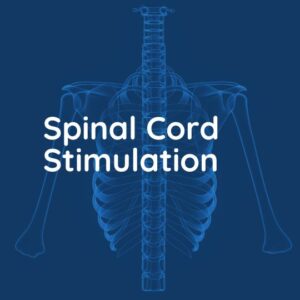
Spinal Cord Stimulation

Kyphoplasty and Vertebroplasty
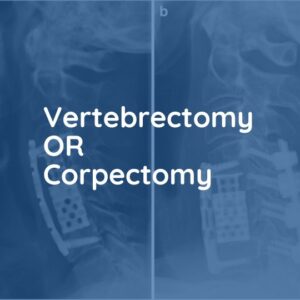
Vertebrectomy/Corpectomy

Foraminotomy
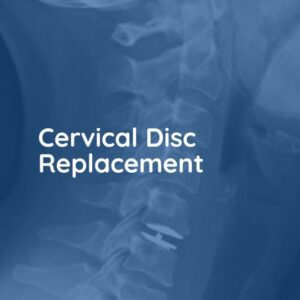
Cervical Disc Replacement

Anterior Cervical Discectomy and Fusion

Correction of Scoliosis

Thoracic Discectomy
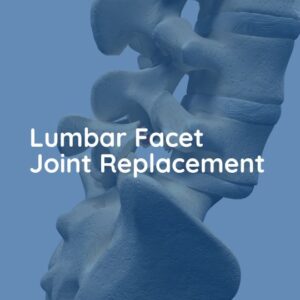
Lumbar Facet Joint Replacement
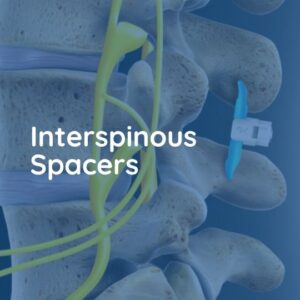
Interspinous Spacers

Endoscopic Lumbar Discectomy

Laminectomy
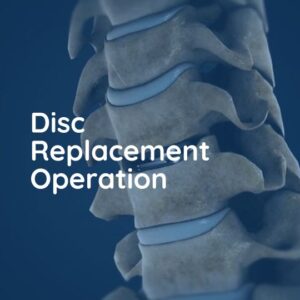
Disc Replacement Operation

Posterior Lumbar Fusion


